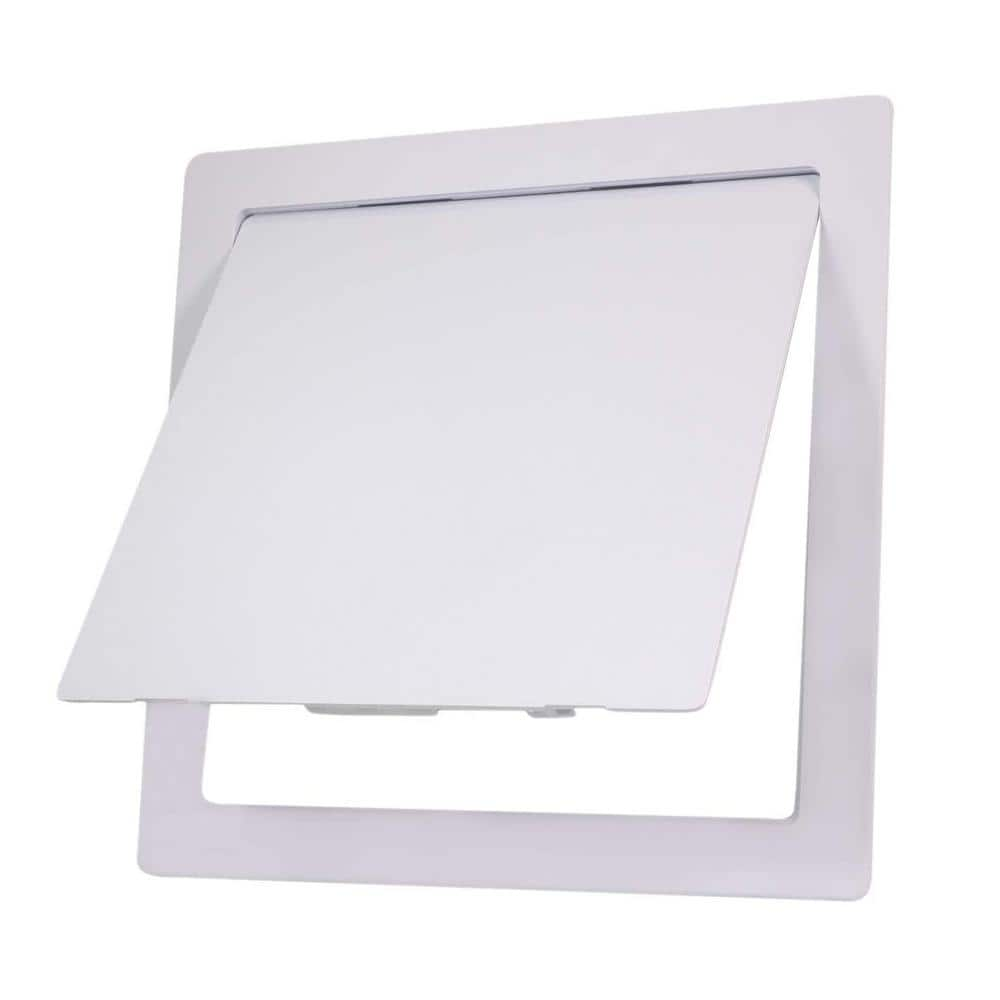evolution2147
New Member
Hello, I am in process of getting my house ready to sell and I had a question pertaining to how the ground wiring from my electric panel is bonded to the copper water piping. The ground wires used to come through the drywall and clamp to the cold line on the water heater. When I put a tankless water heater in I moved the clamp to the inside of the drywall because it looked cleaner. It still attaches to the same pipe, it is just on the other side of the drywall.
I am trying to make sure I am not blindsided during a home inspection. Does this bond need to be clearly visible or is it acceptable how I have it?
Thanks for the help
I am trying to make sure I am not blindsided during a home inspection. Does this bond need to be clearly visible or is it acceptable how I have it?
Thanks for the help

